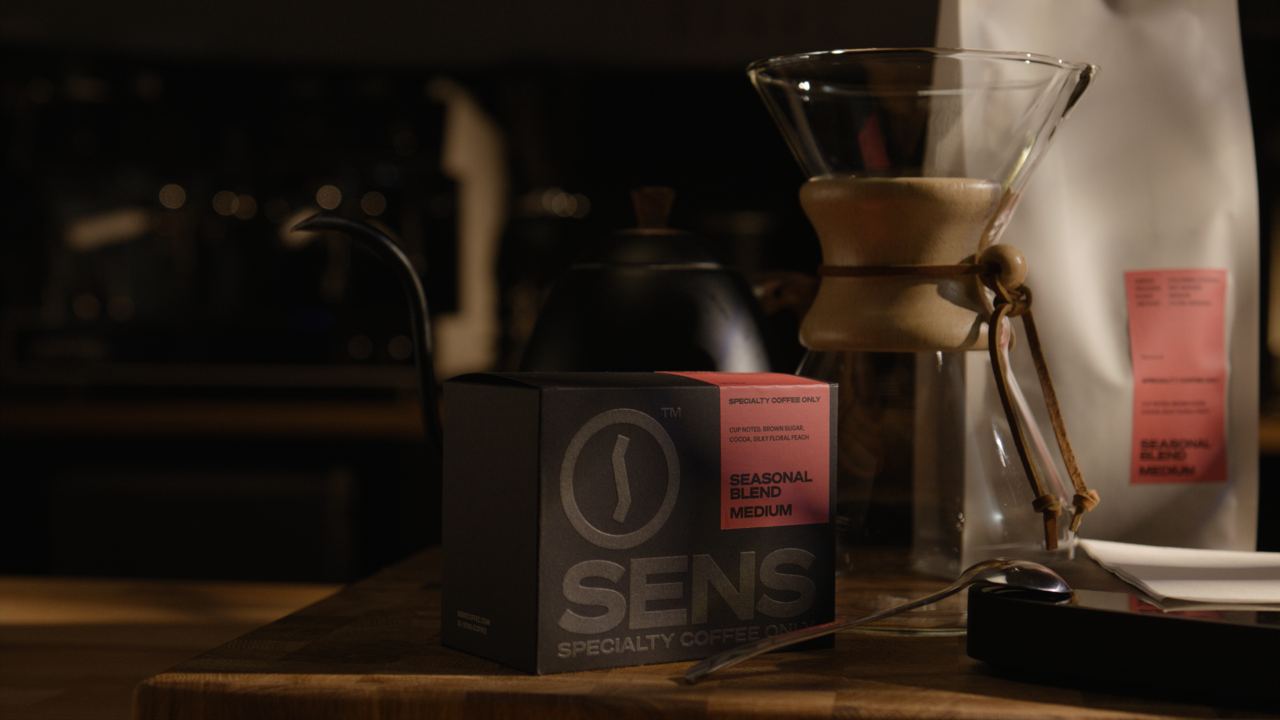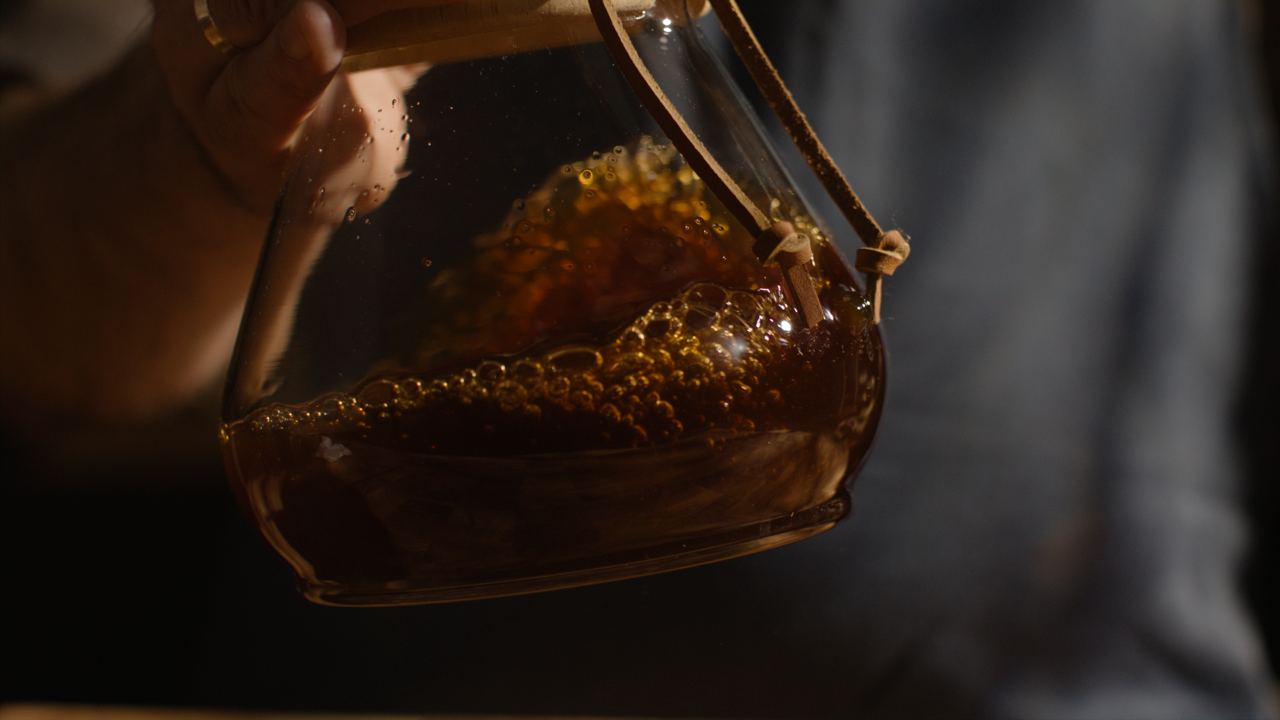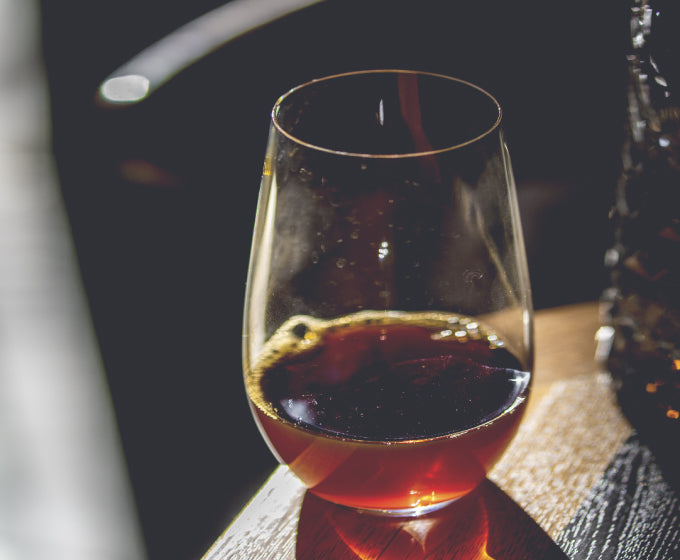3 important factors:
- The Plant's Genetics & Environment
- Processing Methods
- Roast style
Why Does Your Coffee Taste Like Strawberries?
It’s not magic — it’s the result of three powerful forces working together:
- The Bean’s DNA & Birthplace – The coffee variety and its exact patch of earth shape its flavor just like a wine grape’s terroir.
- The Art of Processing – From sun-drying whole cherries to carefully washing the beans, each method leaves a distinct taste fingerprint.
- The Roaster’s Touch – The right roast doesn’t just cook the beans — it unlocks their hidden notes, from sparkling fruit to velvety chocolate.
☕ When these three align, you get that unforgettable sip — the one that makes you wonder if coffee can really taste like ripe summer berries.
It Starts With Terroir
At SENS Coffee, we know that every extraordinary cup begins long before it’s brewed. Those surprising hints of berries, stone fruits, chocolate, or caramel aren’t accidents — they’re written into the bean’s story from the very start.
Terroir is the magic word. It’s the unique mix of soil, climate, and altitude where coffee grows. A great terroir produces beans brimming with natural aromatics — delicate florals, bright citrus, and subtle sweetness — all locked inside the green coffee bean, waiting to be revealed.
Three Forces Behind the Flavor
The Bean’s DNA & Birthplace
Like wine grapes, a coffee’s variety and growing environment shape its flavor. Nutrient-rich soil, balanced rainfall, sun exposure, and cooler high-altitude. We will add this post to the website so if someone wants to continue reading they can be moved to the website
“temperatures slow bean development, creating complex sugars and acids. Varieties like Gesha or certain Ethiopian heirlooms are famous for their floral and fruit-forward profiles.
-
The Art of Processing
After harvest, the way the coffee cherry is handled can transform its taste: - Natural (Dry) Process – Cherries are dried whole, letting the fruit’s sugars seep deep into the bean, producing bold berry and tropical fruit notes.
- Washed (Wet) Process – The fruit is removed before drying, giving a cleaner, brighter cup with crisp citrus and floral notes.
-
The Roaster’s Touch
Roasting is where the bean’s personality is revealed. A skilled roast will highlight the origin’s character while layering in caramel sweetness, chocolate undertones, or velvety textures — balancing the lively fruit notes with warmth and depth.
The Journey in Your Cup
Those strawberry or blueberry notes aren’t “flavor added” — they’re nature’s gift. They come from specific regions, meticulous farming, precise processing, careful transport, and artful roasting.
It’s a labor of love — and when all three forces align, your coffee sings like a perfectly composed symphony in a cup.
☕ Next time you taste ripe summer berries in your morning brew, you’ll know the story it’s been waiting to tell.






